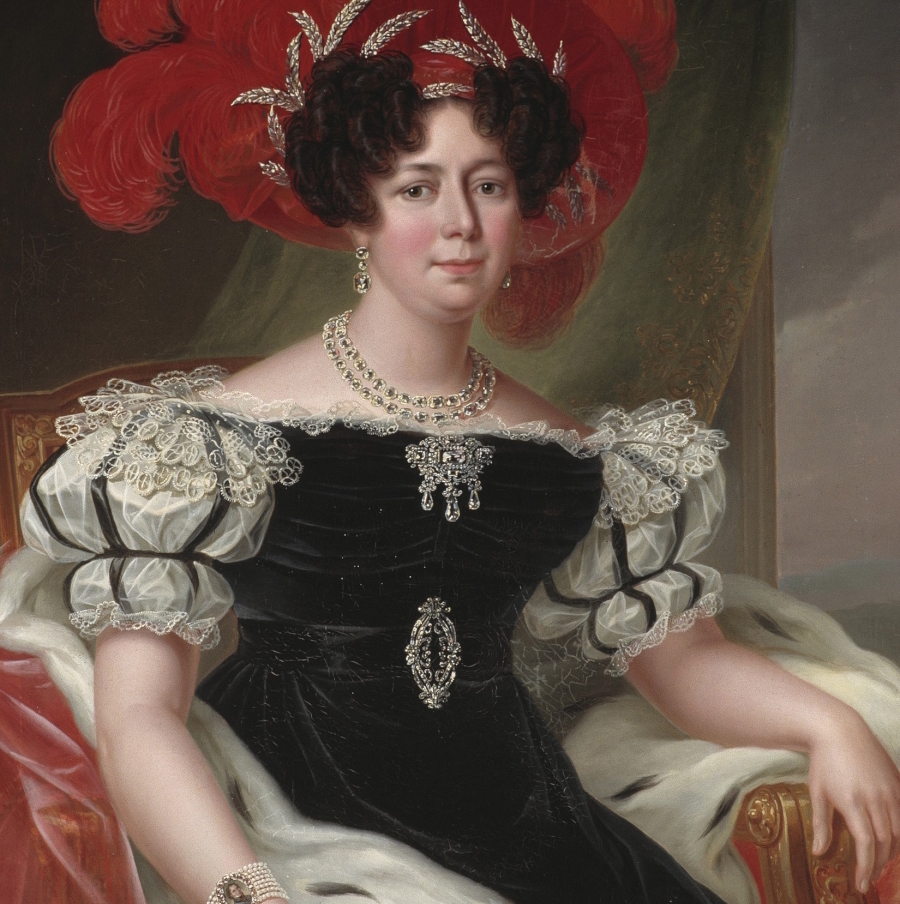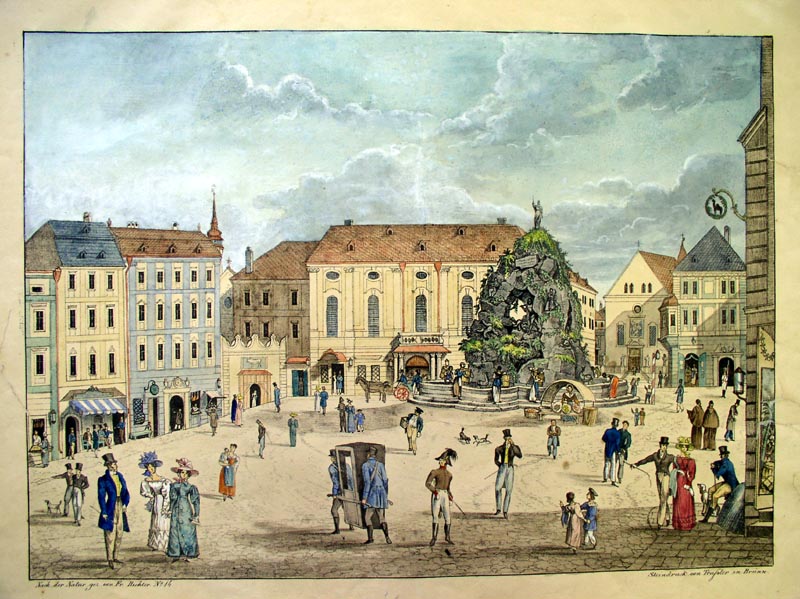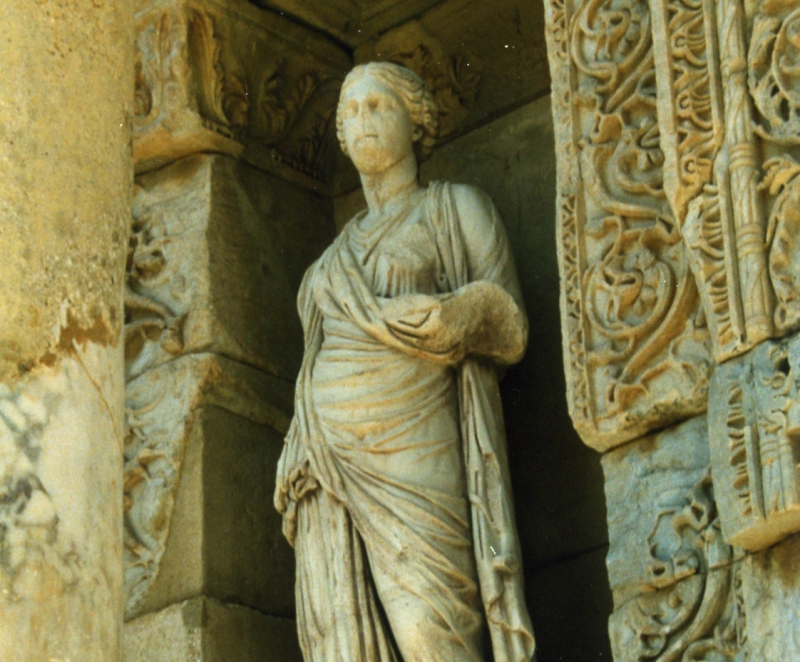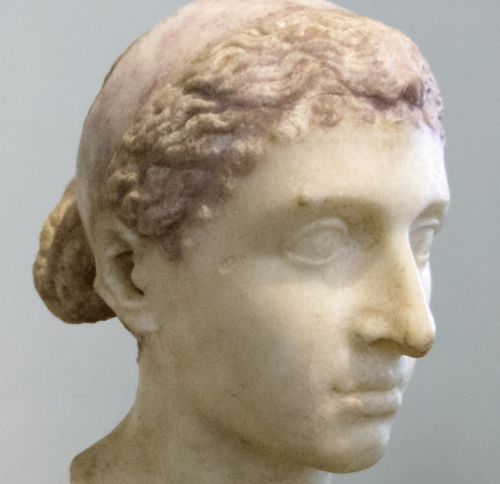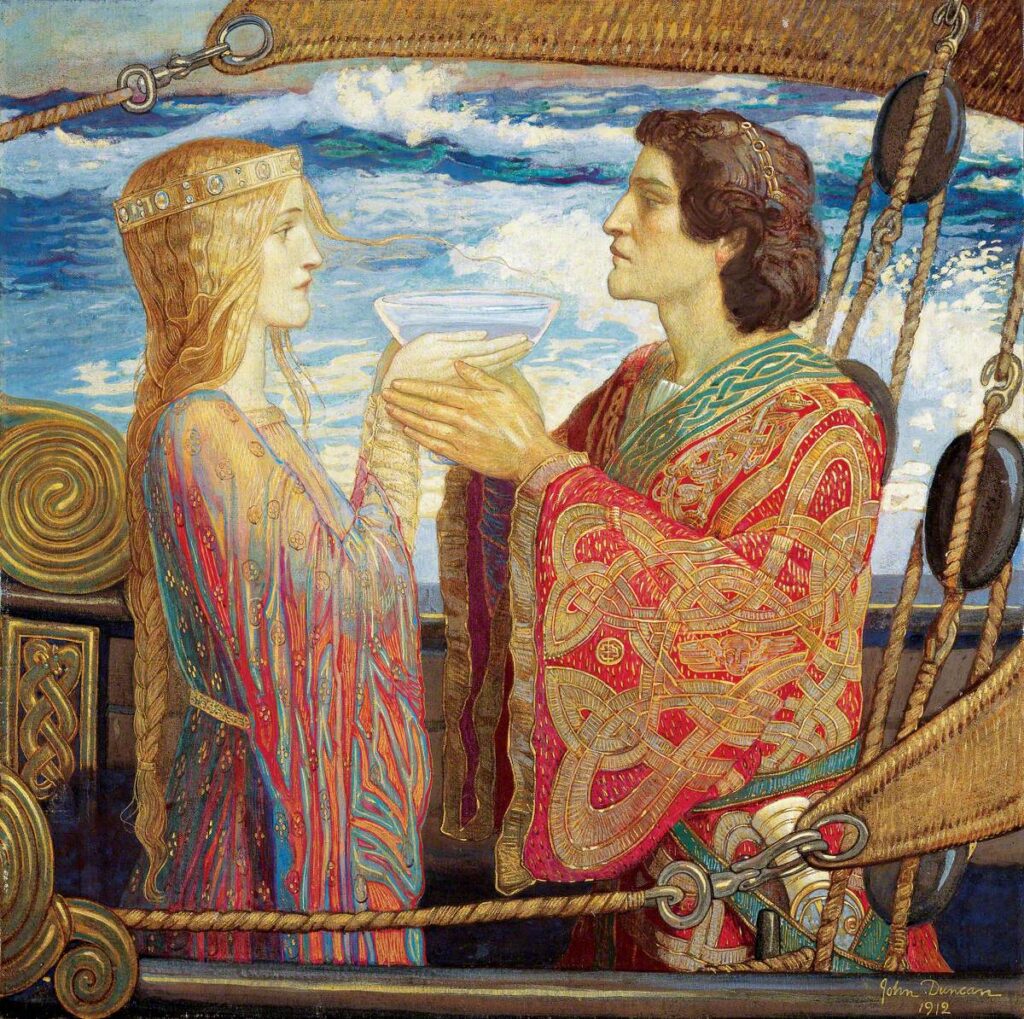Focus On: (348) May
Name origin: Karl May (1842-1912), a German author best known for his novels of travels and adventures, set in the American Old West, the Middle East, and other locations. He also wrote poetry, a play, and music. He was a proficient player of several musical instruments. Many of his works were adapted for film, theatre, audio dramas and comics.
Focus On: (348) May Read Post »


